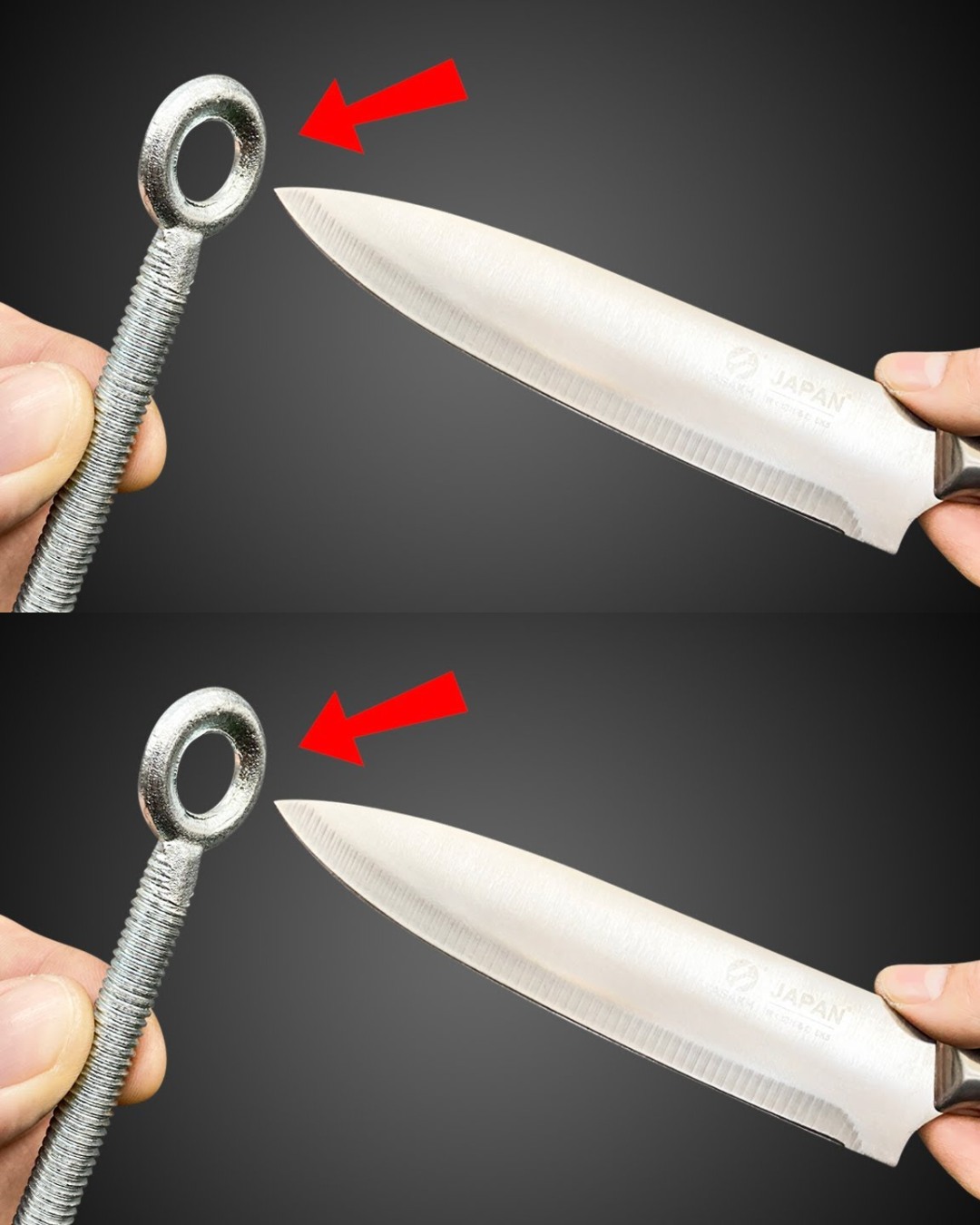
In a quiet workshop in Japan, a chef draws his blade across a stone. With graceful precision and a calm, steady hand, he brings his knife to life — in less than one minute. But what seems like magic is no illusion. It’s a time-honored ritual that reflects centuries of wisdom, care, and respect for the craft.
Welcome to the world of Japanese knife sharpening — a breathtaking fusion of discipline, elegance, and power.
More Than a Skill — It’s a Meditation
In Japanese culture, sharpening isn’t just a kitchen task. It’s a ritual of mindfulness. Every stroke, every angle, every drop of water on the whetstone is intentional. It’s not just about getting a sharp edge — it’s about preserving the soul of the steel, and honoring the tools that make nourishment possible.
The Japanese believe a knife holds a spirit — and sharpening it is a way of renewing its purpose.

The Art Behind the 1-Minute Razor Edge
Yes, Japanese craftsmen can sharpen a knife to surgical sharpness in under a minute — but not because they’re rushing. It’s because they’ve mastered the fundamentals:





What This Tradition Can Teach Us
Watching a knife come to razor-sharp life in just sixty seconds is mesmerizing — but the real power lies in what it reveals:
Patience. Precision. Respect. And the idea that quality isn’t rushed — it’s repeated, refined, and remembered.
Here are lessons we can carry into our own lives:



Want to Try It Yourself?
You don’t need to be a sushi master to begin this journey. Here’s how to bring this tradition into your kitchen:




 In the End, It’s About Connection
In the End, It’s About Connection
Sharpening a knife the Japanese way isn’t just about crafting the perfect edge. It’s about slowing down, being present, and remembering that even the smallest moments — like slicing vegetables — are worth doing beautifully.
In a world rushing toward convenience, this quiet act of care reminds us:
Excellence isn’t accidental. It’s a choice, made over and over — one smooth stroke at a time.


